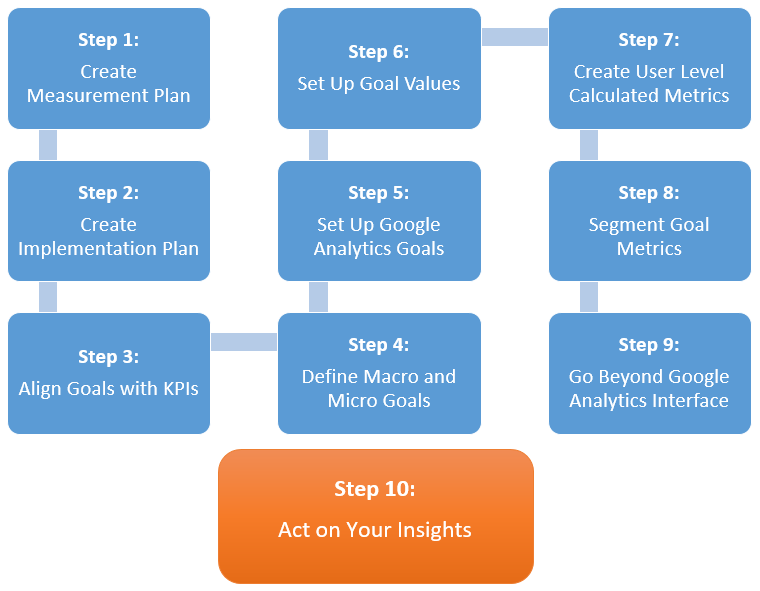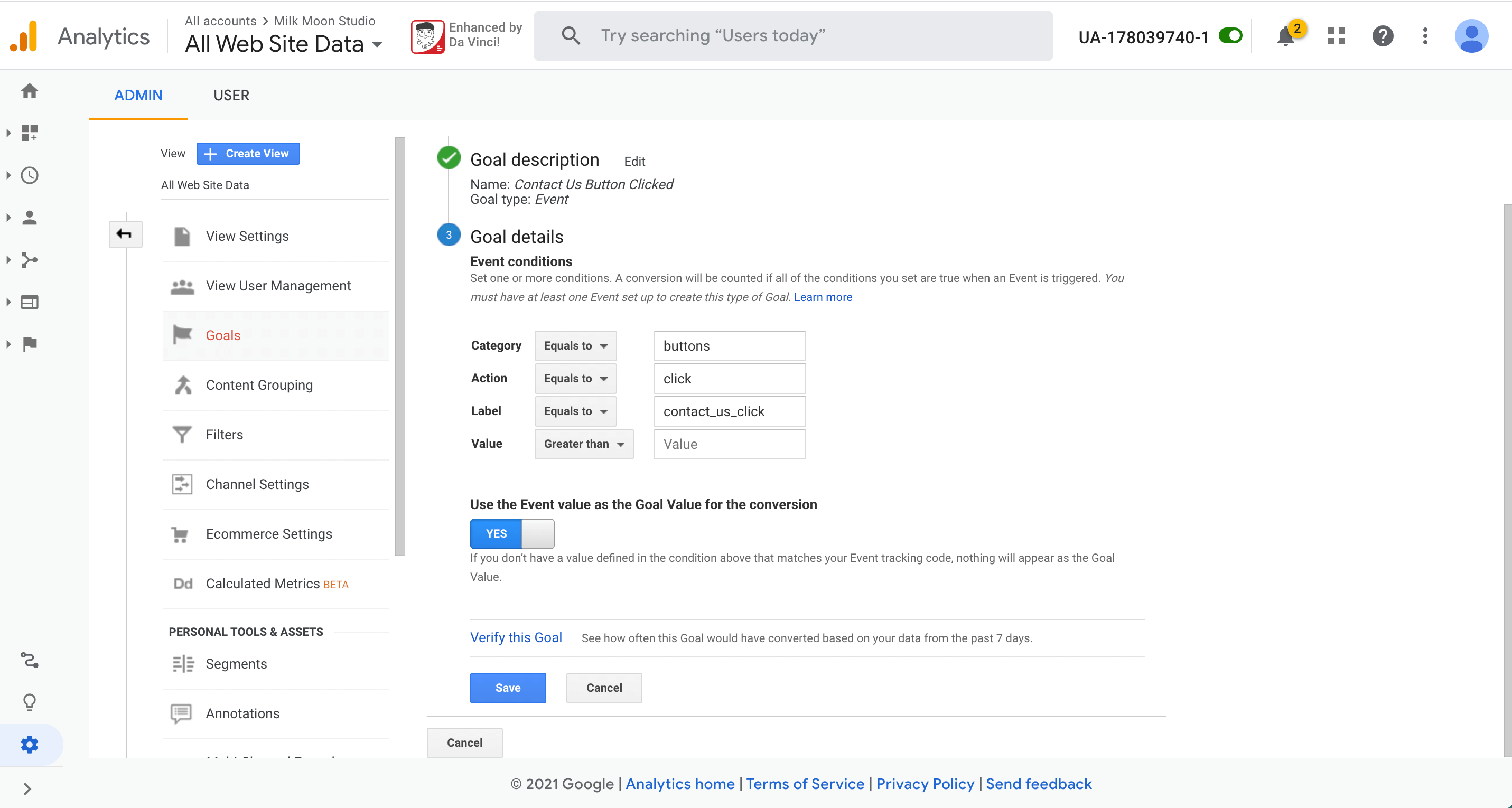Learn What Data Is Google Analytics Goals Unable to Track
Learn What Data Is Google Analytics Goals Unable to Track
Blog Article
Discover the Limitations of Google Analytics Goals: Unveiling the Data Types That Remain Untrackable
As organizations increasingly rely on data-driven decision-making, comprehending the limitations of tools like Google Analytics comes to be critical. While Google Analytics Goals offer useful understandings into individual communications, there exist information kinds that avoid monitoring, positioning challenges to a thorough understanding of customer actions.
Incomplete Individual Trip Tracking
Insufficient customer journey tracking within Google Analytics can hinder the capability to properly analyze user behavior. When the user trip is not totally tracked, there are voids in the information that avoid a thorough understanding of exactly how individuals communicate with an internet site. This absence of insight can result in missed opportunities for optimization and improvements to the user experience.
One common problem with insufficient individual journey tracking is the failure to see the full path that users take in the past finishing an objective or leaving the website. Without this info, it is challenging to determine where users may be encountering obstacles or rubbing factors that avoid them from converting. Additionally, insufficient monitoring can obscure the impact of certain advertising initiatives or web site adjustments on customer habits.
To resolve this limitation, it is essential to establish up appropriate monitoring mechanisms within Google Analytics to capture the entire customer trip. This may include establishing occasion tracking, objective funnels, or using tools like Google Tag Supervisor to guarantee that no crucial interactions go unrecorded. By gaining a comprehensive view of the individual journey, web site owners can make even more informed choices to enhance customer interaction and drive conversions.
Attribution Difficulties
Navigating via attribution obstacles in Google Analytics needs a detailed understanding of exactly how various touchpoints add to the overall conversion process. Acknowledgment challenges emerge from the complexity of contemporary consumer trips, where individuals interact with several networks before transforming. Google Analytics gives various attribution versions like first touch, last touch, and direct, each using a different point of view on just how credit is designated to touchpoints along the conversion course. However, these designs may not always properly reflect real effect of each touchpoint on the conversion.
One usual acknowledgment challenge is the difficulty in associating conversions to the proper source, especially in situations where individuals connect with numerous networks prior to transforming. This can bring about errors in determining which marketing initiatives are driving the most conversions. In addition, cross-device monitoring positions one more acknowledgment difficulty, as customers frequently switch between gadgets during their journey, making it testing to track their communications seamlessly. Marketers need to meticulously analyze and analyze attribution information to make enlightened decisions and enhance their advertising and marketing methods efficiently.
Offline Conversions
Offered the obstacles related to attributing conversions properly in online channels, the dimension of offline conversions provides a significant chance for marketers looking for a more thorough understanding of their customers' trip. Offline conversions refer to activities that consumers take in the real world, such as making acquisitions in brick-and-mortar shops or over the phone, attending occasions, or engaging with printed products - what data is google analytics goals unable to track. These conversions are crucial for services that run both online and offline, as they offer beneficial insights into the performance of advertising campaigns throughout numerous touchpoints
Tracking offline conversions typically postured a significant difficulty for online marketers, as it was testing to attach these actions back to particular on the internet interactions precisely. Nonetheless, with developments in modern technology, such as the combination of CRM systems, one-of-a-kind identifiers, and coupon codes, services can currently link the void in between online and offline information to obtain a more alternative view of consumer actions. By efficiently measuring offline conversions, marketing experts can maximize their methods, allot resources more efficiently, and ultimately enhance the overall consumer experience.
Cross-Device Tracking
Cross-device monitoring plays a crucial function in understanding the interconnected nature of customers' electronic interactions throughout numerous devices. In today's omnichannel globe, where users perfectly switch over in between tablet computers, desktops, and mobile phones, tracking their actions across these gadgets is crucial for marketing experts to acquire a thorough view of their consumer journey.

In addition, personal privacy concerns and laws such as GDPR and CCPA have even more complex cross-device tracking. With customers requiring more control over their data and boosted constraints on tracking modern technologies, online marketers must discover cutting-edge and privacy-compliant means to attach user interactions across devices.
Dynamic Content Interaction
Comprehending individual involvement with vibrant web content is crucial in maximizing digital advertising and marketing techniques for enhanced audience interaction. Dynamic content refers to site aspects that alter based on customer actions, choices, find more information or other elements, offering a tailored experience. However, tracking customer communications with dynamic content poses obstacles for typical analytics devices like Google Analytics.
While Google Analytics can track standard interactions like clicks and page sights, it may struggle to capture even more nuanced interactions within dynamic content. what data is google analytics goals unable to track. Metrics such as time spent on certain dynamic components, hover actions, or communications within pop-ups are usually not conveniently measurable utilizing basic tracking approaches. This limitation hinders marketing professionals' capability to fully grasp just how users are involving with vibrant material and customize their approaches as necessary

Final Thought
In conclusion, Google Analytics objectives have limitations in tracking incomplete individual journeys, associating conversions precisely, recording offline conversions, tracking cross-device communications, and measuring dynamic web content involvement. These restrictions highlight the importance recommended you read of discovering added tracking approaches and devices to gain an extra thorough understanding of individual habits and conversions beyond what Google Analytics can provide.
While Google Analytics Read Full Article Goals deal valuable understandings right into individual interactions, there exist data kinds that thwart monitoring, positioning difficulties to a comprehensive understanding of user actions.Incomplete user trip monitoring within Google Analytics can hinder the capability to properly evaluate customer behavior. When the individual trip is not totally tracked, there are voids in the information that prevent a comprehensive understanding of how individuals interact with an internet site.One typical issue with insufficient individual trip tracking is the inability to see the complete course that customers take previously finishing an objective or leaving the website. By acquiring a comprehensive view of the individual trip, internet site owners can make even more enlightened decisions to enhance user involvement and drive conversions.
Report this page